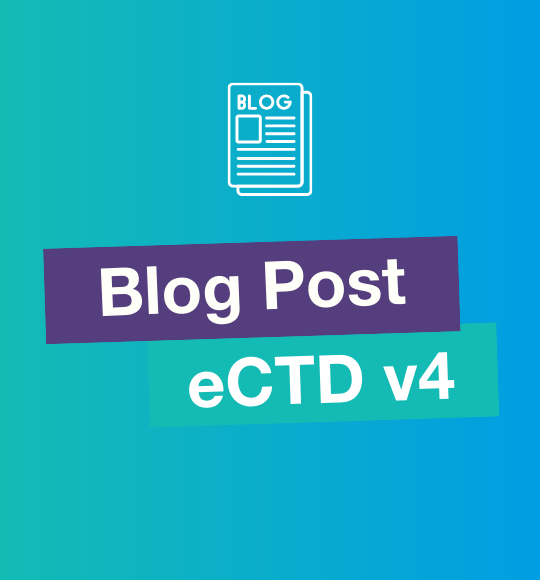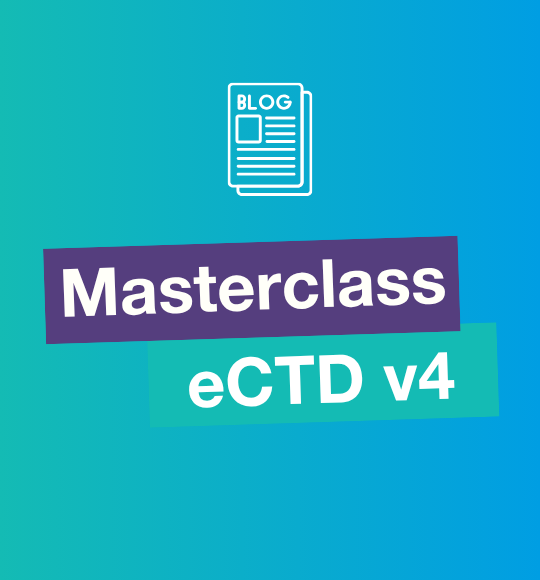
Validation – Part II: Validation Criteria in Regulatory Processes
The term "validation criteria" has certainly been heard within the regulatory environment before, but what does it actually mean? Let us have a closer look at this question and find out more about why it is essential for your successful submission and, thus, for the results of your regulatory processes.
Definition of Validation Criteria and Nomenclature
Validation criteria refer to a specific standard, requirement, or rule that must be met in order for an electronic submission to be validated. They are essential to ensure that processes, equipment, and documentation meet regulatory requirements, thus supporting an easy and speedy validation of your submission. This set of rules is summarized in a technical file – a so-called validation set – and used by a specific tool. The current validation set for the EU M1 has version 7.1, to be used with M1 structure DTD 3.0.1.
These software tools ensure that new rules, requirements, and standards are followed. Each Validation Criteria document is published as an Excel file and has its own version - for the US Food and Drug Administration (FDA), it is currently Validation Criteria v4.4 with slightly different validation criteria for CBER and CDER.
Where to find Validation Criteria
Every single validation criterion is stored and implemented in the so-called "Validation Library of the specific tools." This library is a collection of different validation sets that can be used to validate sequences. Each version of the validation library is mentioned in the validation report so you can see if its criteria are still valid or if there is a newer version. There are several ways to update the validation library. Firstly, you can install an update for each tool, or you can update the current validation set manually on your system.
Why different Validation Criteria?
The fact that regulators around the world have different requirements is also reflected in the validation criteria - they can vary from region to region and country to country. Regulatory agencies such as the European Medicines Agency (EMA), the US FDA, the Japanese Pharmaceuticals and Medical Devices Agency (PMDA), and many others are using specific validation criteria for drug and medical device submissions. They may include requirements for data format, documentation, clinical trial data, and safety assessments. But why is that? The reasons for this are manifold:
1. Jurisdiction and LegislationAs each region has its own set of rules regarding jurisdiction and legislation, the set of standards represented in one area may be different from another.
2. Local marketAs a result of unique healthcare needs and patients, each region may have different ways of addressing them.
3. Scientific and cultural contextMedical practices and cultural factors also play a role - regulators need to adapt their decision-making to the context.
4. Adaptation to new technologiesRegulatory agencies need to adapt their validation criteria as new advances are made in new technologies.
Incorporating a wide variety of validation criteria into one's regulatory processes can create significant workloads for organizations - especially for international submissions. EXTEDO is happy to support you in every step of the process - just contact us at info@extedo.com or have a look at our other Blog Post regarding system and user requirements here.
.png)


